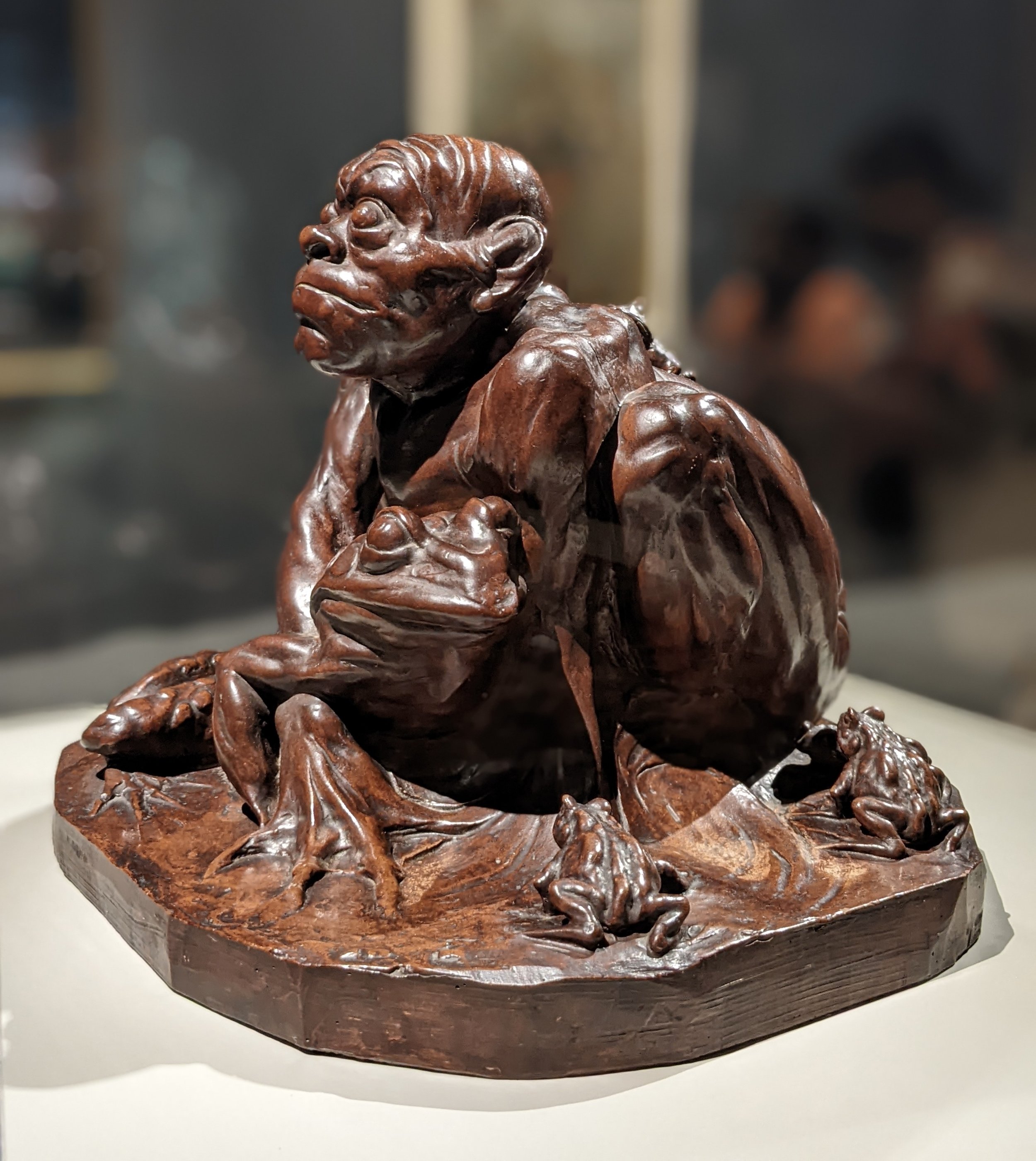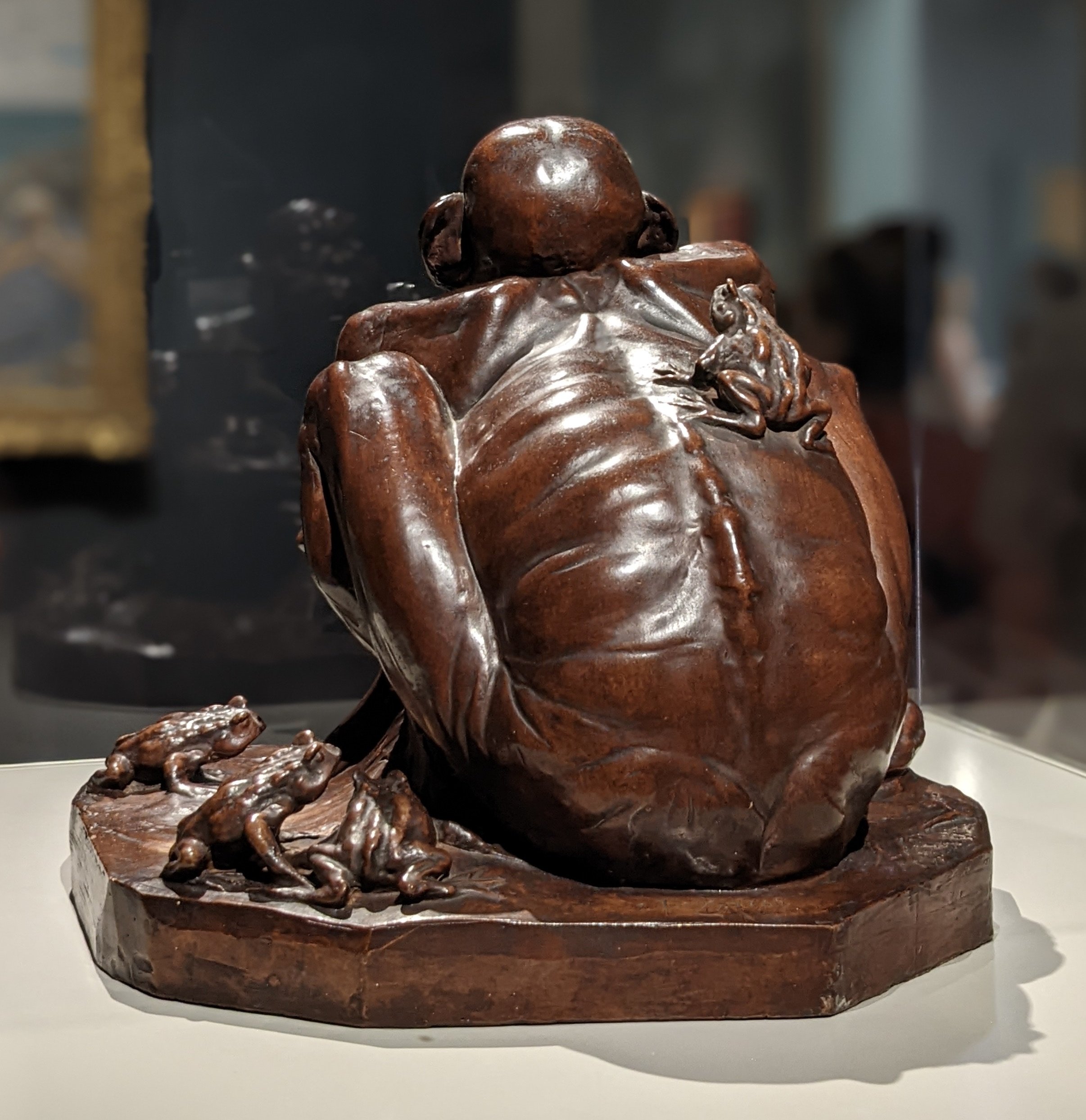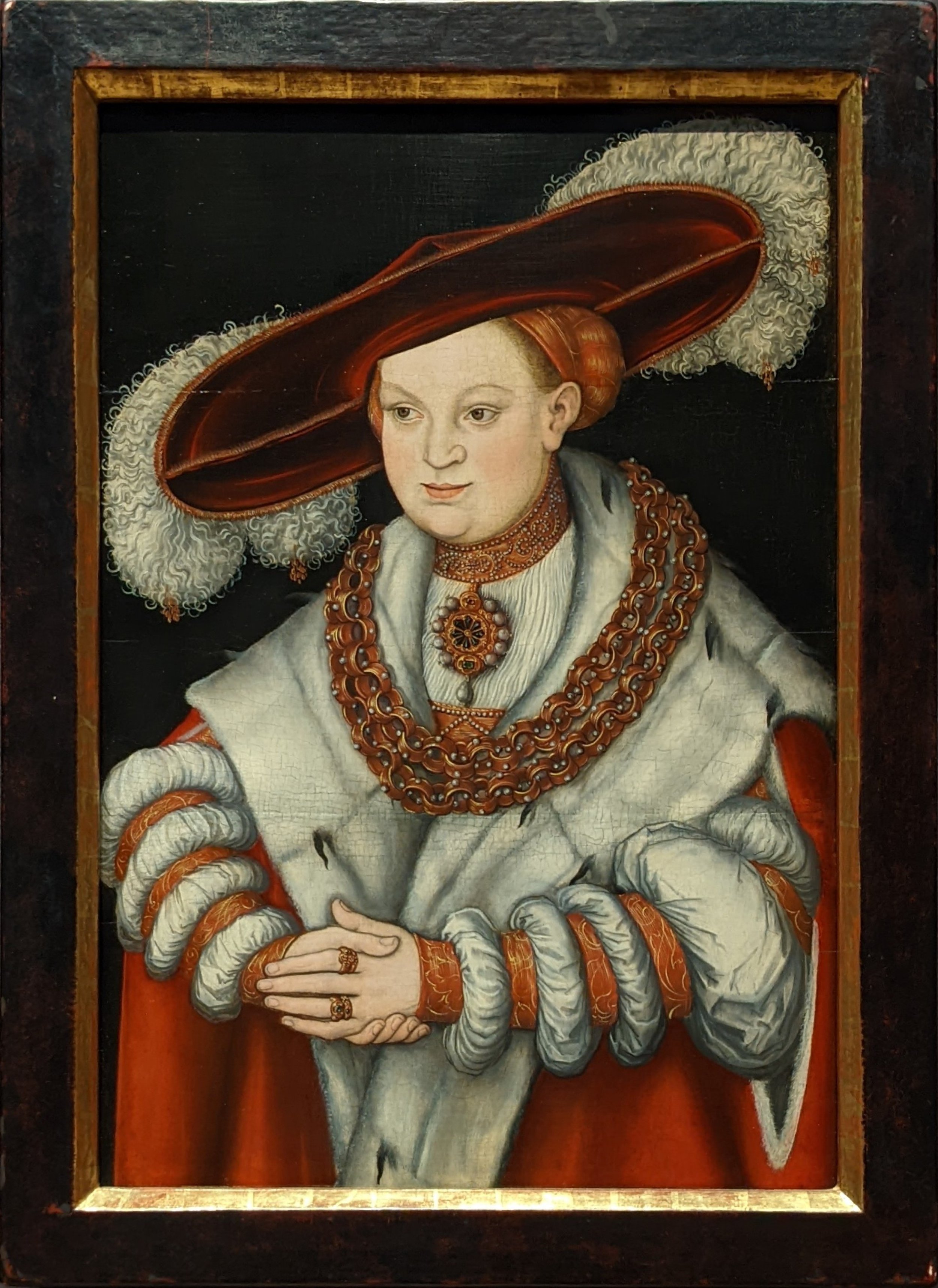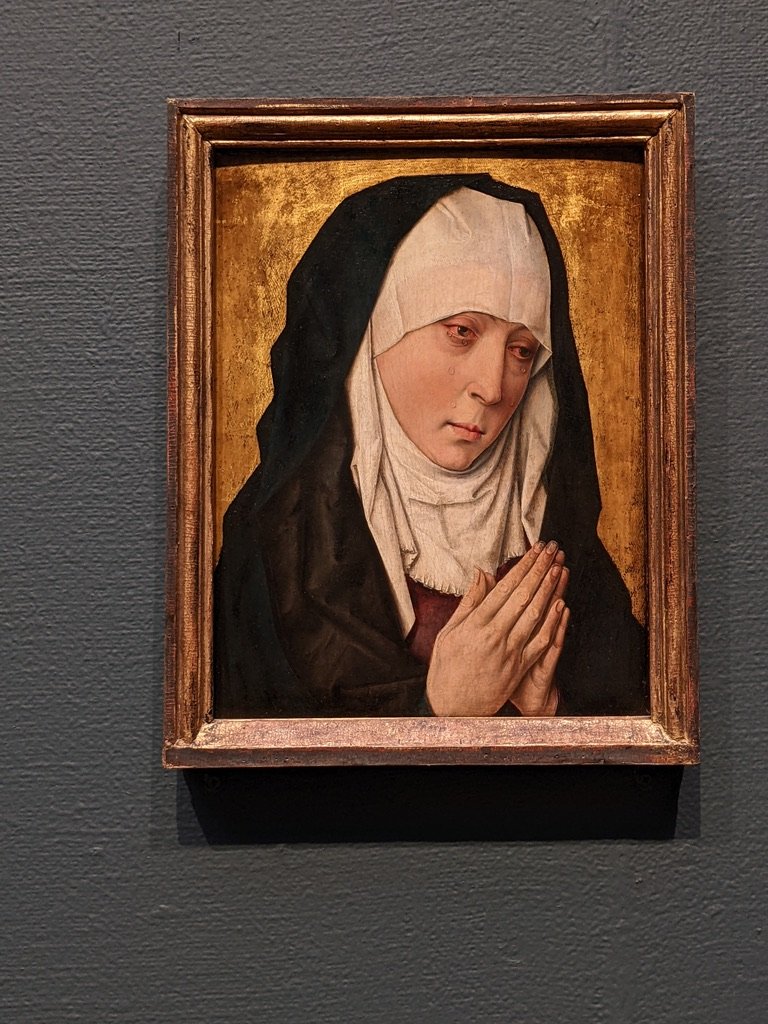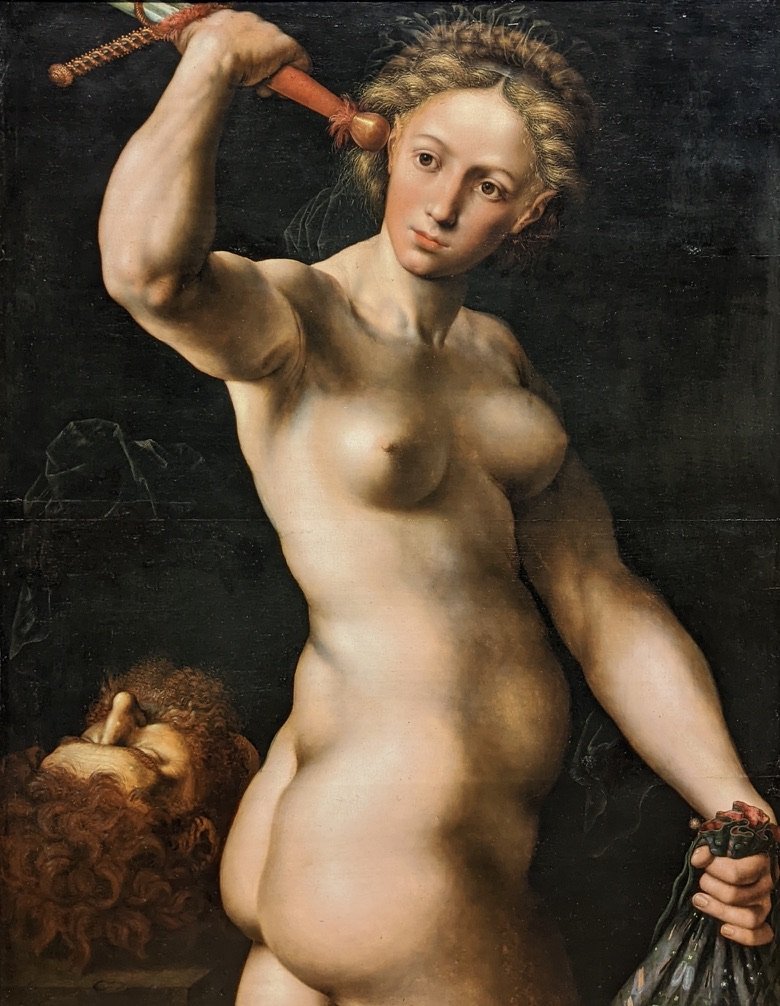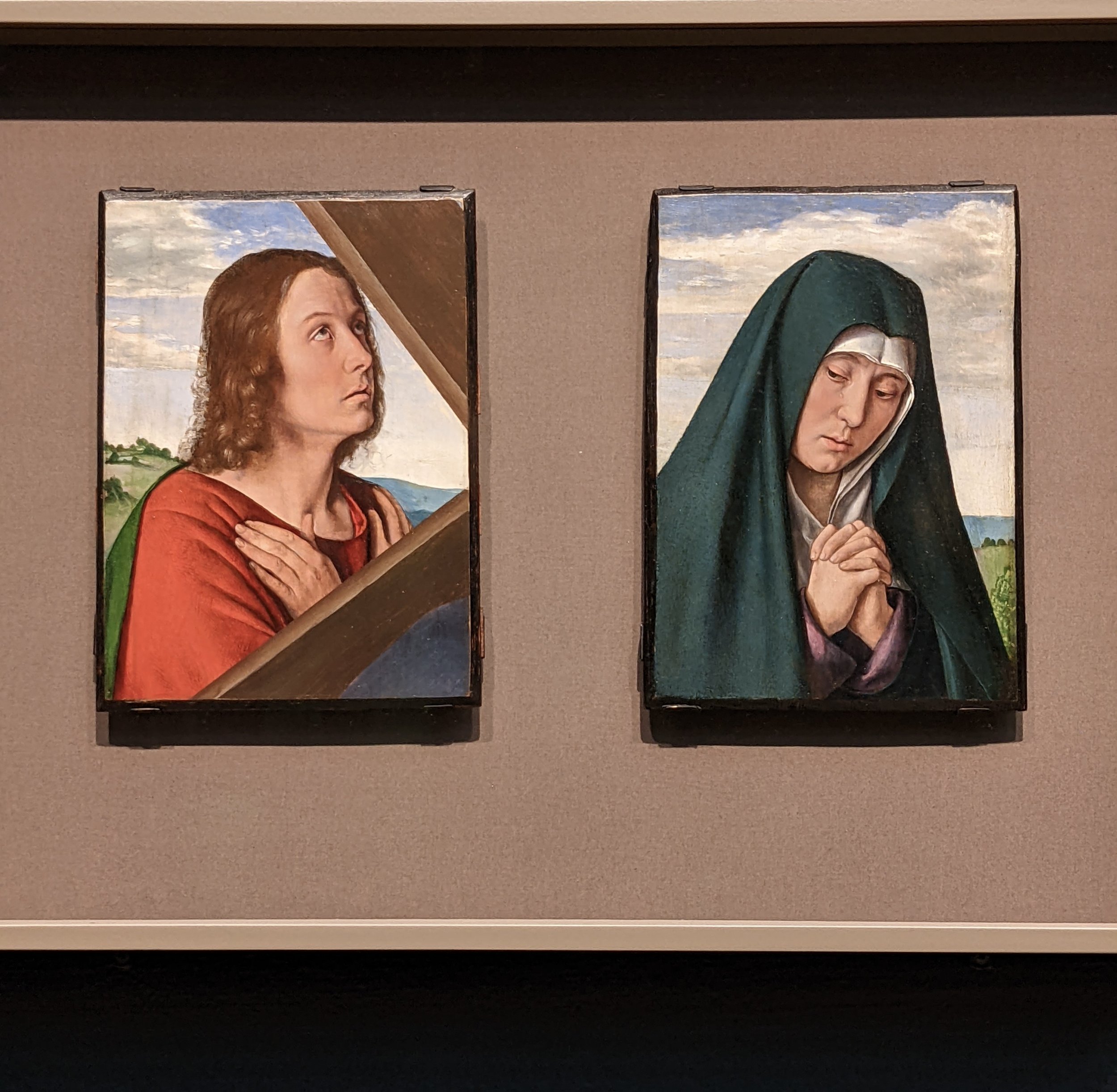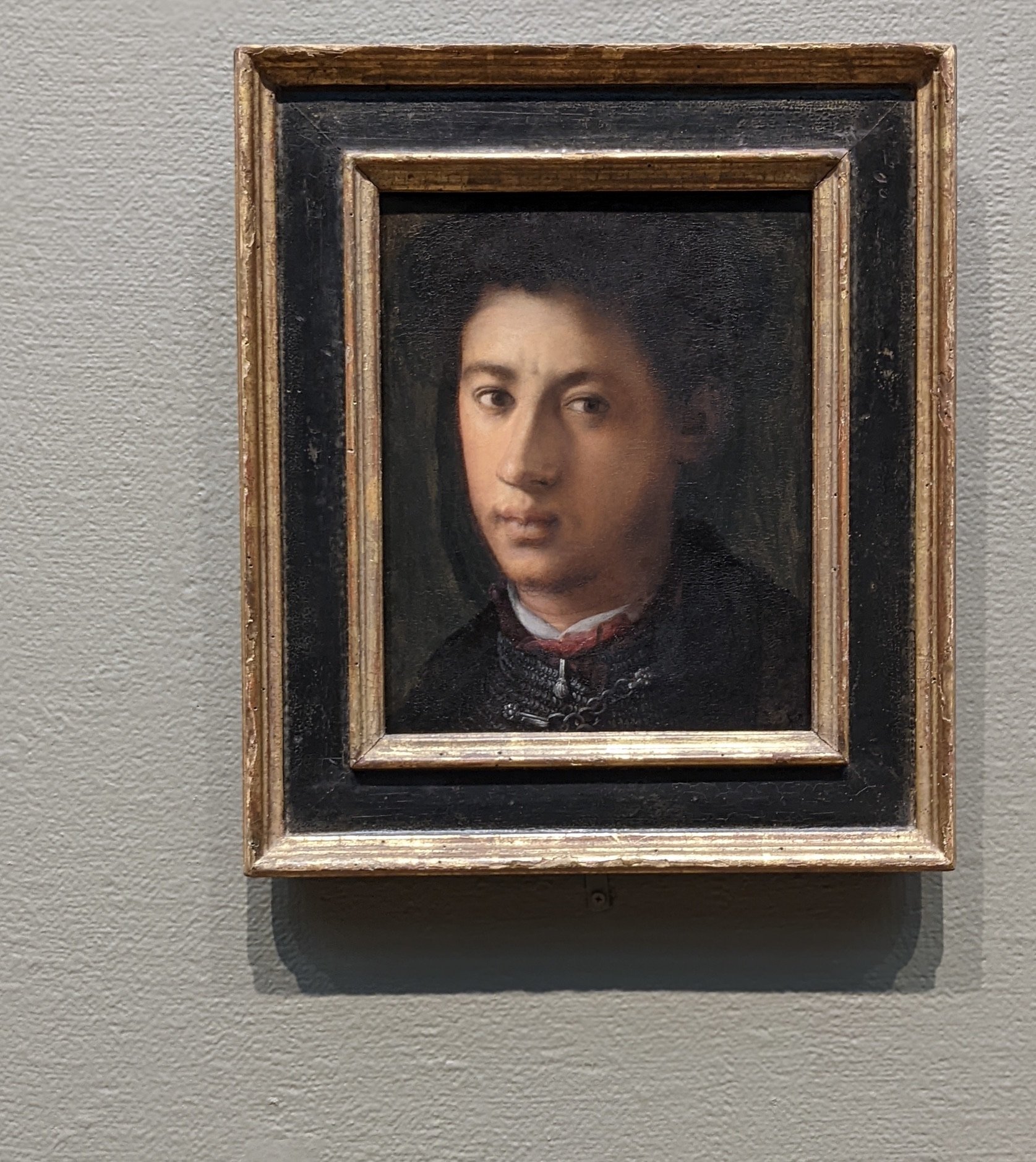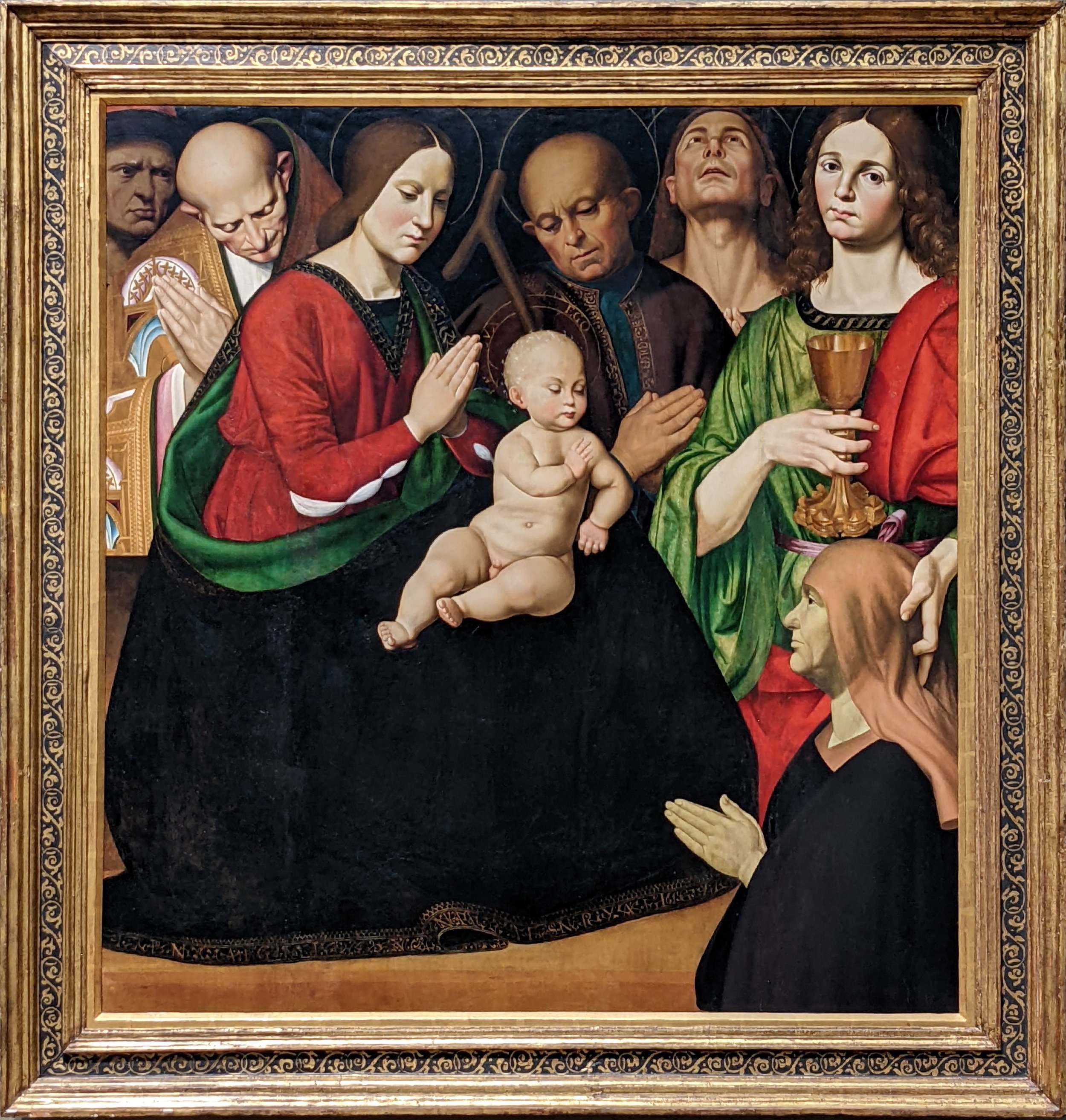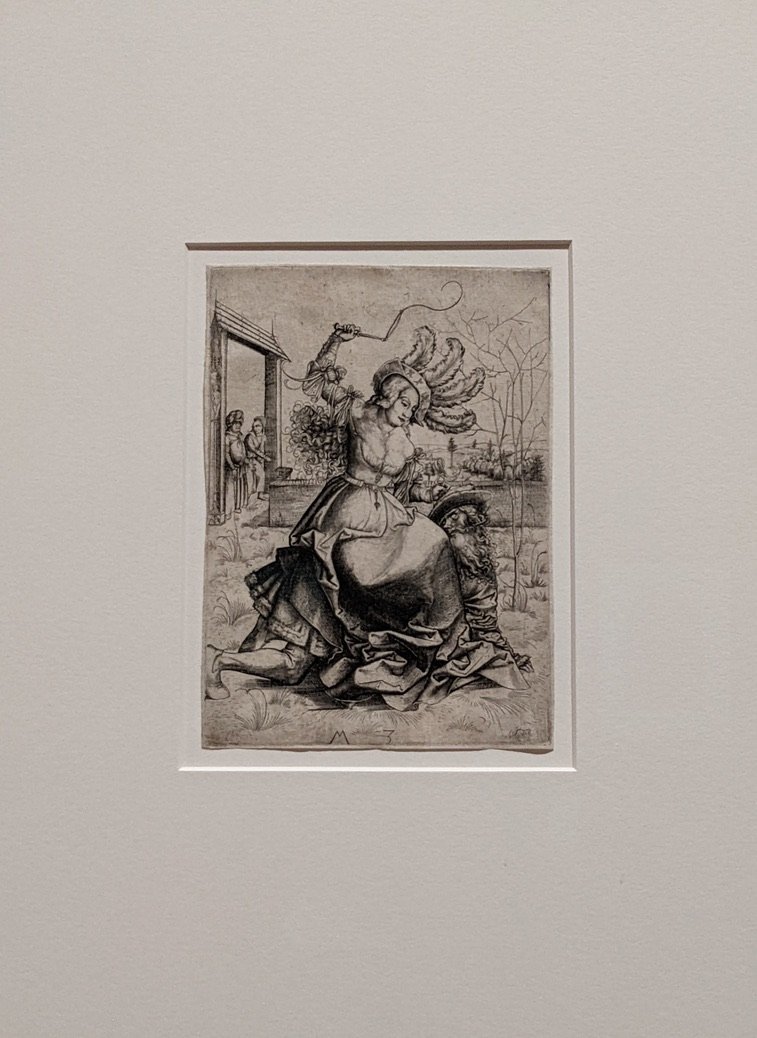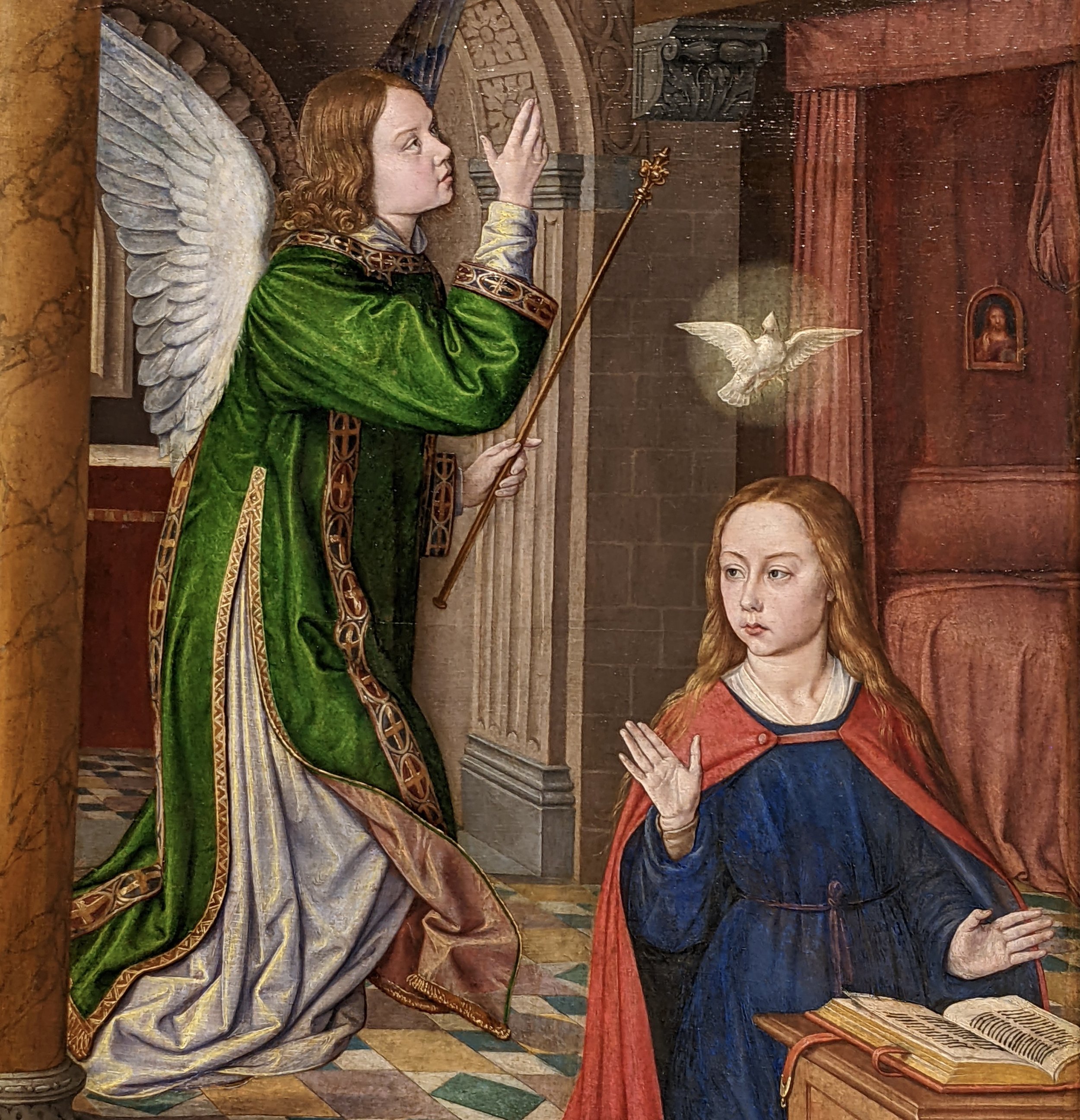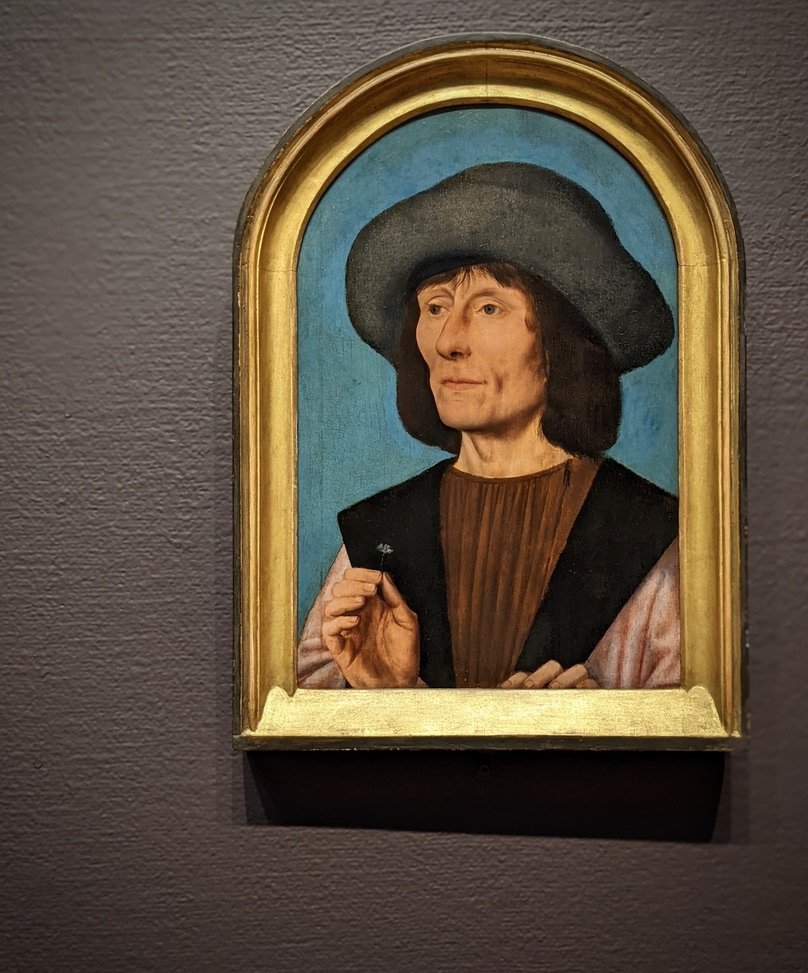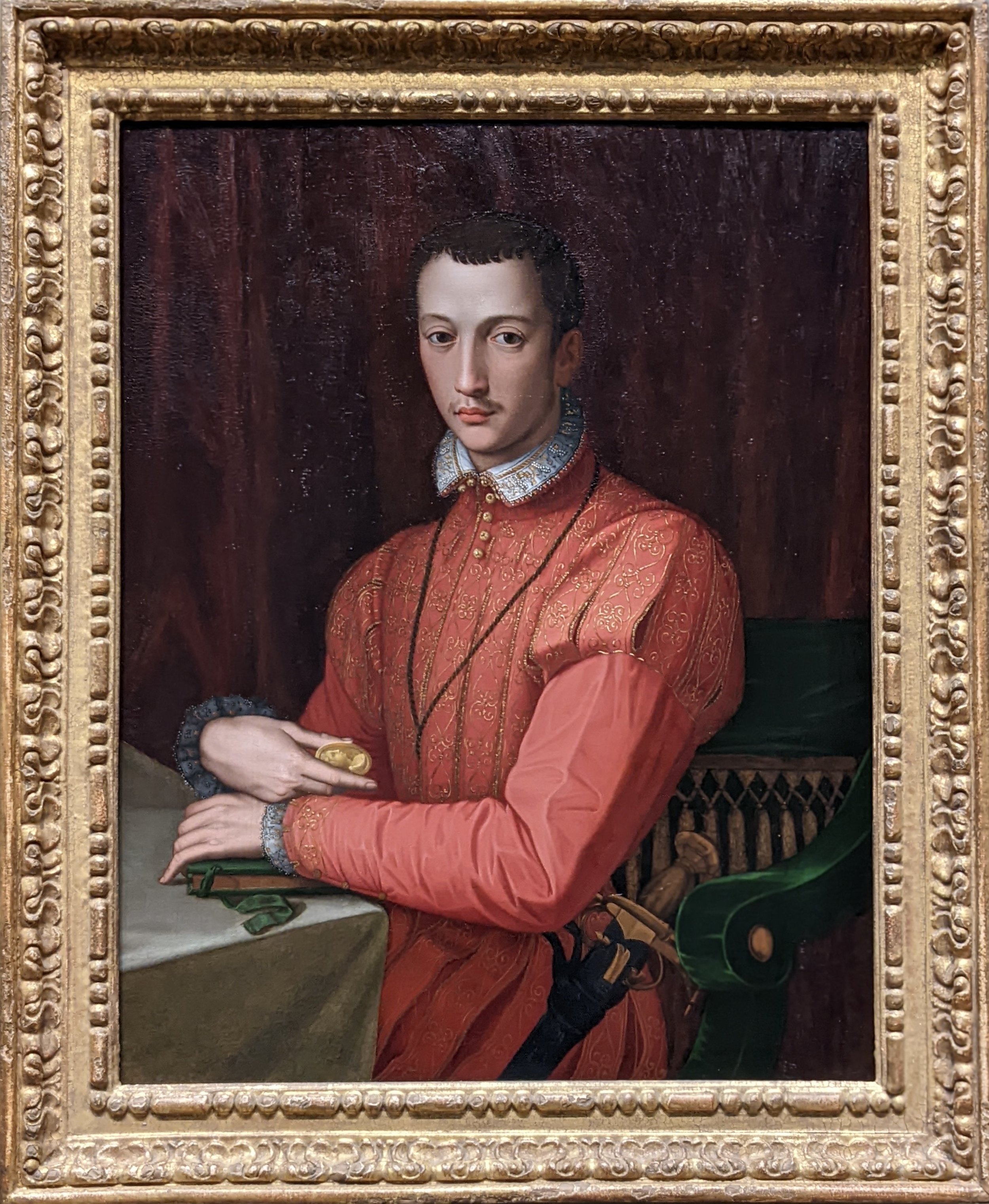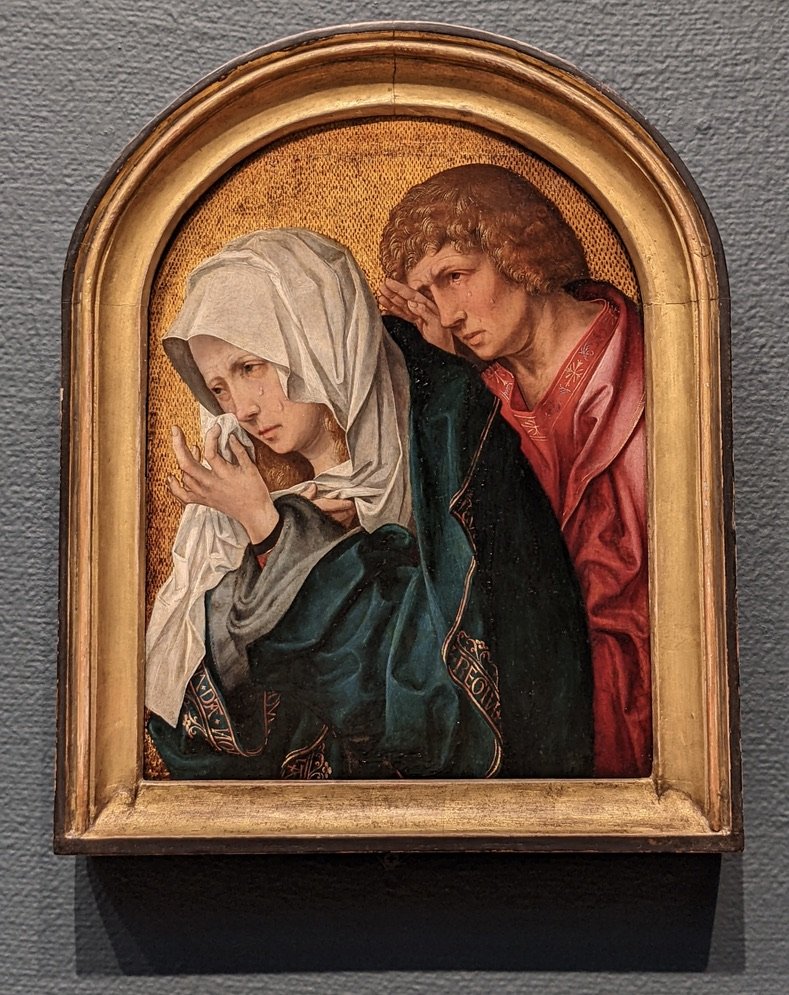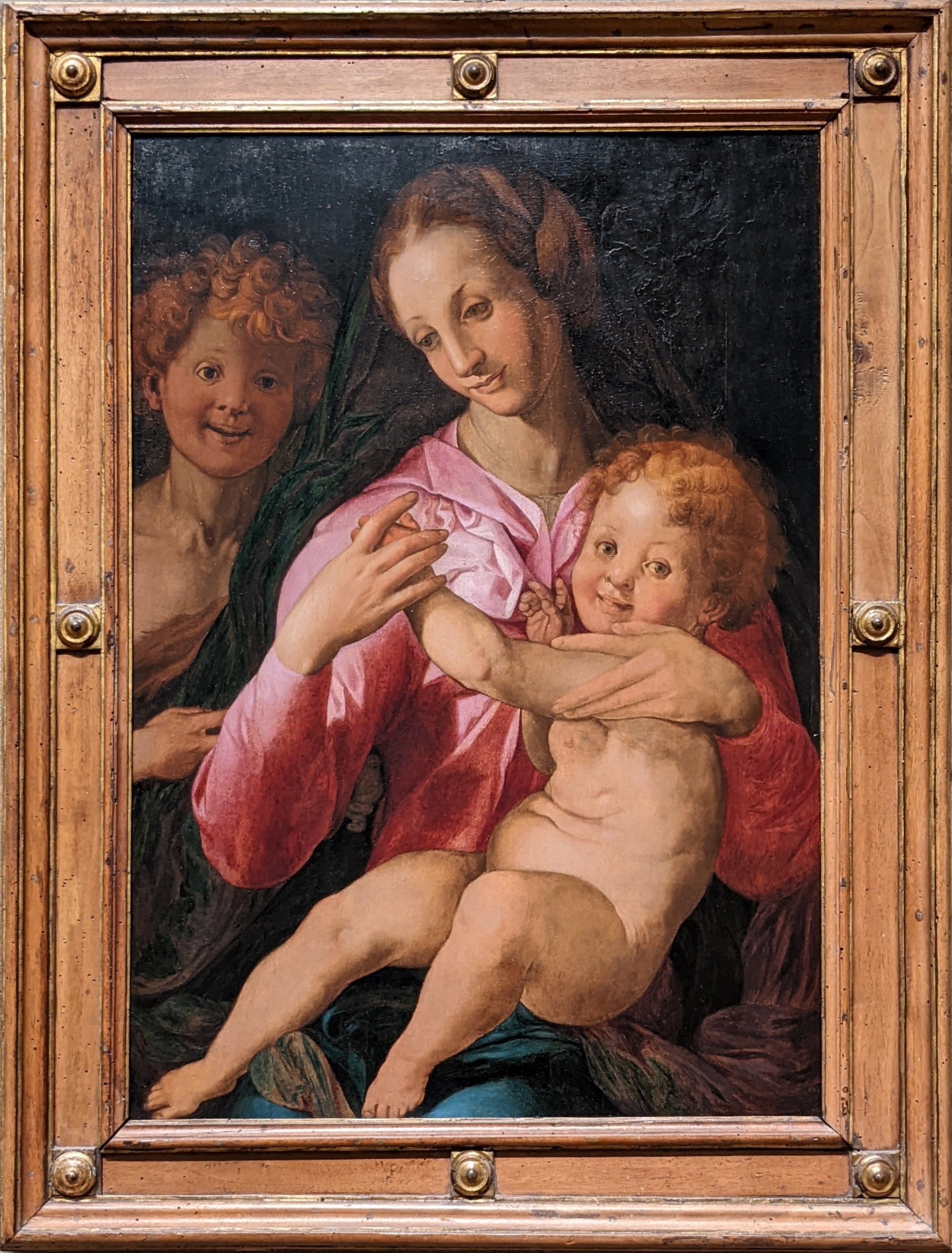In 1878, the young sculptor Jean-Joseph Carriès (1855–1894) attended the Worlds Fair in Paris, where he first saw, and was deeply impacted by, Japanese art. Reverberations of that impact are clearly visible in Frog Man (1892), made over a decade later. The unusual sculpture not only balances realism with grotesquerie and whimsy, but resembles a giant netsuke—the small, wearable Japanese carvings typically made of wood, bone, or ivory—in style, subject matter (netsukes usually represent animals, people, or mythical creatures), and composition.
Frog Man is also emblematic of Carriès’ interest in using cheaper and “inferior” media like plaster and ceramic—associated with preliminary, disposable maquettes rather than finished works—as opposed to metals or marble. His use of less precious, easily altered media would have given him more freedom for experimentation and is likely directly related to the unusual playfulness and expression that, along with his ample skill, typifies his work.
A few years after Carriès’ death, the writer Octave Uzanne reminisced about his friend’s reaction to a large toad that had jumped between them as they walked along the quays of Paris late one night in 1882. Carriès scooped up the amphibian and rushed to gently examine it under a streetlight, marveling at the beauty of “these poor dreamers.” When he was done, “the little sculptor went down to the bank very close to the water to protect the big nocturnal amphibian from the passer-by [sic].”
Carriès appears to have maintained his love for toads, which were more commonly dismissed as pests or despised as symbols of death, until the end of his life. Frogs and toads, often combined with the features of other animals, are recurring motifs in his most fanciful sculpture, including not only Frog Man, but Frog with Rabbit Ears (1891) and Toad and Frog (between 1889 and 1894).



